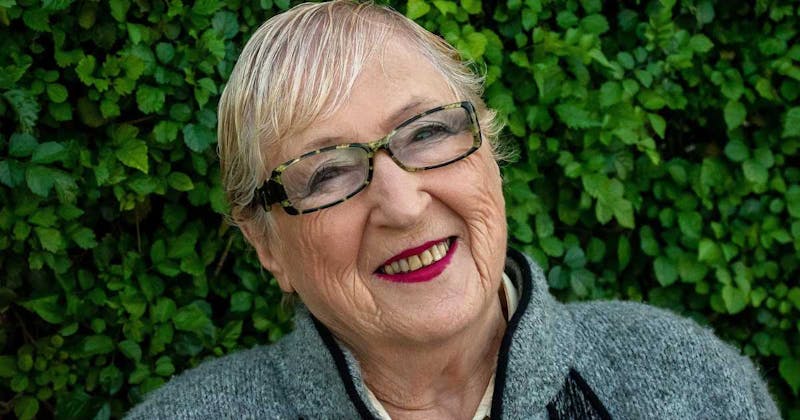Rooted in Results Let’s Get Growing
Hair loss is a symptom. We begin every journey by finding the cause, so your treatment plan isn’t just hopeful—it’s strategic, personalized, and proven to work.
Contact Our Team
While we may gain wisdom, insight, knowledge and experience as we age, we can also lose a lot too – specifically our hair. Today we’re talking about hair loss treatments for women over 50 and how getting older brings an added challenge to maintaining a formerly thick, lustrous head of hair.
Unfortunately, you can add hair loss to the list of things women have to worry about as they approach menopause. Published in Menopause, the Journal of The North America Menopause Society, a study called Prevalence of female pattern hair loss in postmenopausal women a cross-sectional study evaluated 178 postmenopausal women aged 50 to 65 for Female Pattern Hair Loss (FPHL).
Of those 78 women, 52 percent were diagnosed with FPHL. Of those diagnosed with FPHL, 73 percent were diagnosed with mild hair loss, 22 percent with moderate hair loss, and four percent with advanced. There is perhaps a silver lining in all this – that while overall female hair loss is common, it’s rare for women to experience the most advanced stages of hair loss.
Menopause typically occurs in females as they progress throughout their 40s and enter their 50s. This is specifically between the ages of 45 and 55. Women are said to have reached menopause when they have had no periods in a 12-month span. This doesn’t happen all at once, though. The years leading up to this point can be fraught with changes in monthly cycles, hot flashes, and other symptoms, of which hair loss can be one.
Here are some hair loss treatments that are recommended for women over the age of 50, as well as some risk factors by age. It’s important to book a consultation with a female hair loss expert to get a proper diagnosis and customized treatment plan first.
Women’s bodies go through tremendous hormonal changes in their lifetimes. During the premenopausal years (around age 45), the hormonal changes can be even more drastic. The biggest issue is the ratio of estrogen (estradiol) to testosterone -- one of the biggest drivers of androgenic alopecia. Testosterone does not have the same effect as when hormones are in balance, with normal estrogen and progesterone levels.
Peaking right before menopause and well throughout, the levels of testosterone and estrogen decrease, but each at a different rate. Case in point: estrogen levels drop 75 to 80 percent, while testosterone drops between 20 and 25 percent. So what? Well, this increase in the ratio of testosterone to estrogen spells bad news for your hai. It can accelerate the rate and incidence of androgenic alopecia.
Up to 50 percent of women have some degree of FPHL in their lifetime, but it becomes more common with advancing age. While it’s most common after menopause, it can actually start as early as the teenage years. It tends to be an inherited condition but not always. Sometimes it’s strictly hormone-related. We know that it tends to run in families but sometimes there is no family history at all.
As women progress through their 50s, the body does not have the same ability to rejuvenate itself. This is certainly evidenced in our hair. Not only do we get gray hairs, we have fewer hairs overall. Taking great care with your hair at this age is even more important, as it can be damaged more easily. Any damage that does occur won’t be repaired as efficiently as before.
If you are an older woman interested in exploring hair loss treatments for women over 50, we welcome you to schedule your appointment at the location of your choice. Our experts will to speak with you further about LLLT or Painless PRP for thinning hair for advancing age.